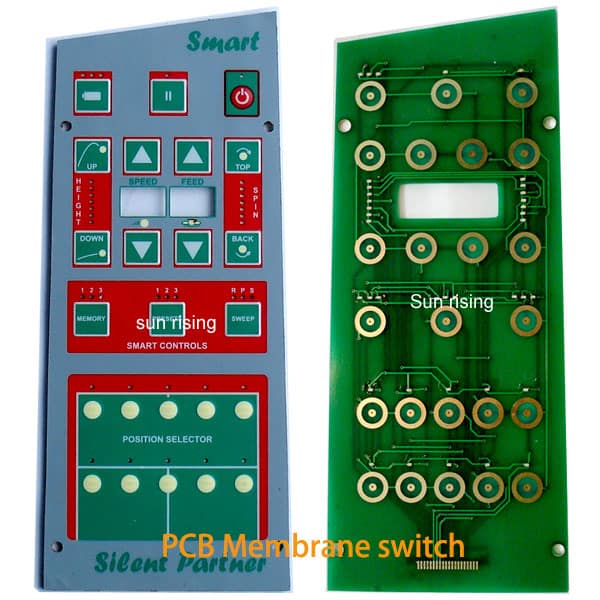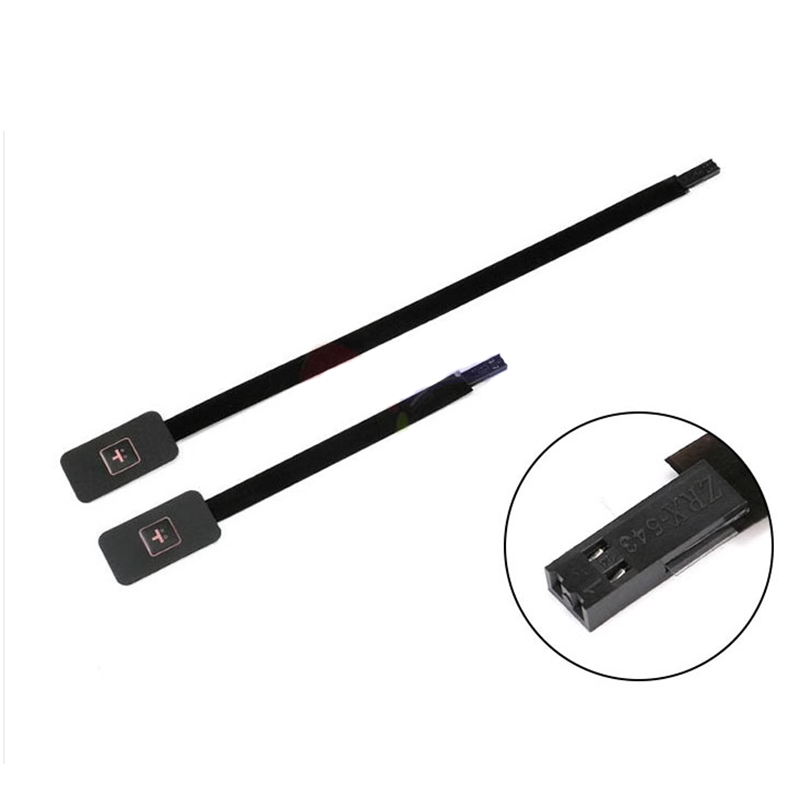Membrane Switch Technology: The Key to Dependable and Affordable User Interfaces
Membrane layer button innovation has become a pivotal component in the layout of interface, providing both dependability and cost-effectiveness across a varied series of applications. Its robust construction makes sure resistance to environmental challenges, while the versatility in layout permits tailored services that fulfill certain industry requirements. As we check out the multifaceted advantages of membrane layer buttons, their capacity for development questions about future applications and developing trends. What does the following phase hold for this innovation in a significantly digital landscape?
Comprehending Membrane Switch Over Technology
Membrane button modern technology is a commonly utilized interface solution in numerous electronic devices, offering a seamless blend of performance and style. This innovation includes multiple layers of materials, usually containing a graphic overlay, spacer layer, and a circuit layer. The visuals overlay presents the interface elements, while the spacer layer separates the circuit layer from the overlay till a customer activates a switch.
When pressure is related to the overlay, the circuit layer finishes the electric circuit, sending out a signal to the tool. This system permits numerous arrangements, consisting of tactile comments and backlighting options, improving customer interaction. Membrane layer buttons are typically produced making use of durable materials such as polyester or polycarbonate, making sure long life and resistance to environmental variables like dampness and dirt.
The convenience of membrane switches enables their application in varied industries, including medical tools, consumer electronics, and commercial controls. Their small style enables combination right into space-constrained settings, providing a reliable customer interface without endangering visual allure. Recognizing the intricacies of membrane switch technology is crucial for producers and developers seeking to produce dependable and effective human-machine interfaces.
Secret Benefits of Membrane Buttons
While various user interface services exist, membrane changes offer distinctive advantages that make them a preferred choice in various applications. One of the key advantages is their resilience; membrane buttons are created to stand up to extreme ecological problems, including moisture, dirt, and temperature level changes, guaranteeing resilient efficiency. This durability considerably reduces the requirement for constant substitutes, thereby reducing total upkeep prices.

Additionally, membrane layer buttons are light-weight and compact, making them appropriate for applications where area is limited. Their inconspicuous design contributes to a smooth look without compromising functionality.
Cost-effectiveness is likewise a remarkable advantage, as the production process for membrane layer switches over tends to be cheaper contrasted to typical mechanical switches. This cost, integrated with their reliability and convenience of installment, placements membrane changes as a functional remedy for a wide variety of markets looking for efficient and efficient individual interfaces.
Applications Across Numerous Industries
How do membrane buttons adapt to the varied requirements of numerous sectors? Membrane switch innovation is increasingly recognized for its convenience, making it suitable for a vast variety of applications across numerous markets.
In consumer electronic devices, membrane buttons give a small option for remote controls and home appliances, improving individual experience via user-friendly layout. Additionally, the commercial market leverages membrane switches for machinery control panels, taking advantage of their resistance to harsh environments, such as wetness and dirt.
Military and aerospace applications also utilize membrane buttons for their integrity and capability to withstand extreme conditions, guaranteeing functional performance in crucial scenarios. Additionally, the food and drink industry adopts these switches for automated systems, where cleanliness and convenience of have a peek here procedure are vital. Inevitably, membrane layer buttons are tailored to meet the distinct demands of each market, confirming their important role in contemporary innovation user interfaces
Layout and Customization Choices

In the realm of membrane layer button modern technology, layout and modification alternatives play a crucial duty in improving functionality and user communication. These buttons can be customized to fulfill particular functional demands and aesthetic choices, making them flexible elements in different applications.
One of the key personalization choices is the layout of the switch itself, which can be designed to suit one-of-a-kind user interfaces and ergonomic considerations. By adjusting the form, dimension, and arrangement of switches, makers can produce user-friendly layouts that facilitate ease of use. Furthermore, the unification of different shades and visuals overlays enables for branding and improved presence, making sure that individuals can swiftly determine functions.
Additionally, membrane buttons can be engineered with different responsive responses mechanisms, such as increased switches or audible clicks, to boost the customer experience. Different products can additionally be picked for durability and ecological resistance, resolving aspects such as dampness, temperature changes, and chemical exposure.
Ultimately, the considerable design and modification choices available in membrane layer button technology encourage companies to develop tailored options that not just satisfy practical needs but additionally align with their branding and functional needs.

Future Fads in Membrane Layer Switches
As membrane button innovation proceeds to evolve, future trends are progressively concentrated on enhancing individual experience and incorporating advanced capabilities. One significant trend is the assimilation of touch-sensitive and capacitive technologies into conventional membrane buttons. This development enables more intuitive interface, supplying responsive feedback while preserving a streamlined layout.
One more arising fad is the This Site usage of environmentally friendly products, driven by the expanding need for lasting manufacturing techniques. Manufacturers are seeking to minimize their carbon impact by using recyclable substrates and low-impact inks, lining up with international sustainability objectives.
Additionally, the rise of the Net of Points (IoT) is triggering the unification of clever features right into membrane layer switches. Improved connectivity options will certainly allow gadgets to interact with each other, permitting for seamless assimilation right into wider systems.
Additionally, developments in printing technologies, such as electronic printing, are enabling better style flexibility and customization. This allows producers to produce complex layouts and lively colors cost-effectively.

Verdict
In final thought, membrane button technology stands for a crucial advancement in interface layout, offering significant benefits check in durability, personalization, and cost-effectiveness. Its extensive applicability across varied sectors emphasizes its value in modern-day technology. As improvements continue to arise, particularly in touch-sensitive user interfaces and lasting materials, the capacity for membrane layer switches over to improve customer experience and functionality stays appealing. Continued expedition of this modern technology will likely generate even more renovations and broaden its range in future applications.